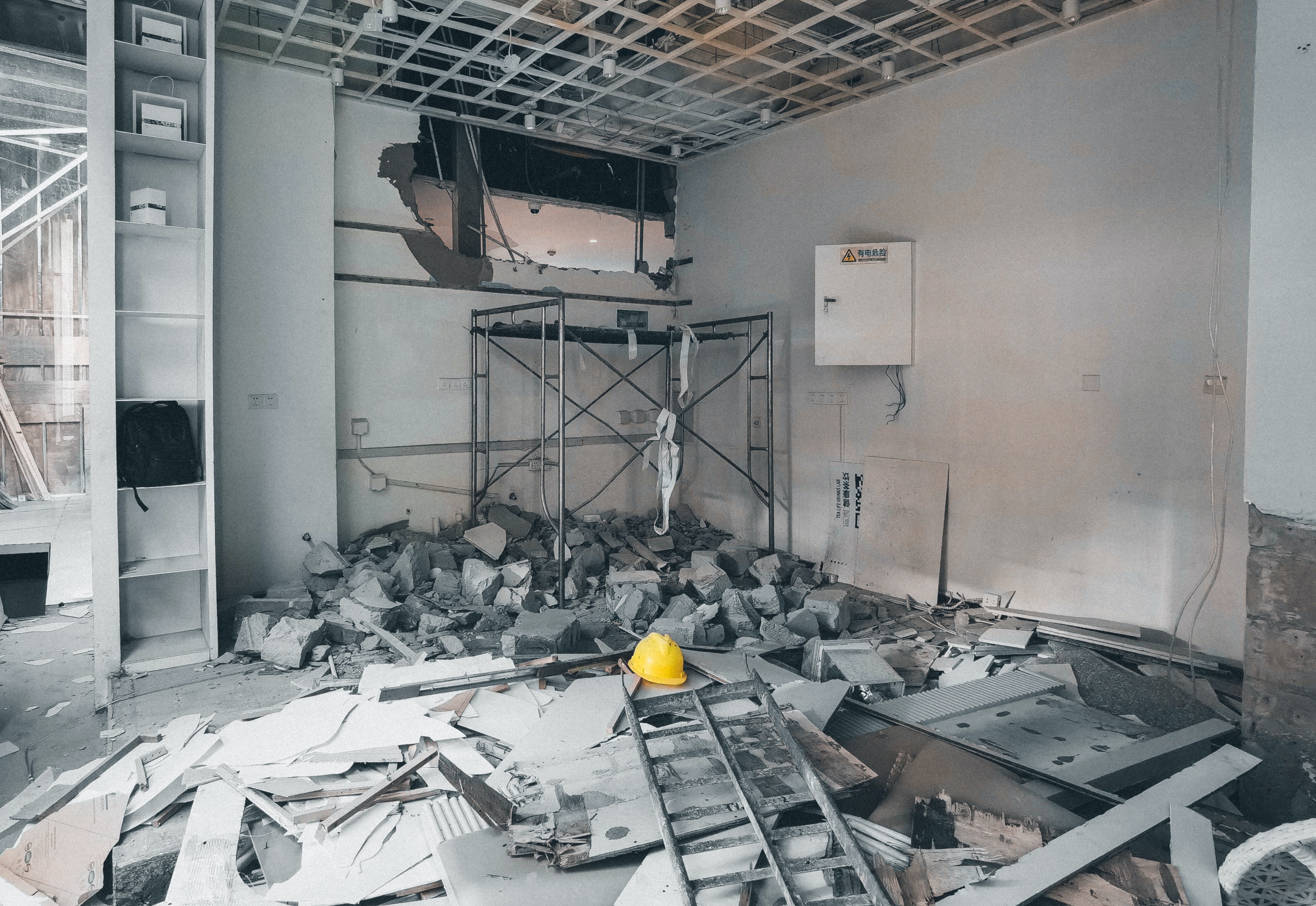
FALSE CEILING
We Provide Best Personalized False Ceiling in Singapore
A residential and commercial building is incomplete without a proper roof. A roof is the topmost
and an important part of the building offering protection from the elements such as wind, high
or low temperatures, sunlight, snow and rain. Besides providing protection, the bottom of the
roof serves as a place where occupants of a building can exhibit their aesthetic sense by
creating attractive false ceilings using decorative ceiling panels that can please the eye.
In addition to aesthetics, false ceilings also offer functional features that enhance their
utility in more ways than one. For instance, false ceilings provide good acoustics where
required sounds can be enhanced and at the same time unwanted sounds can be minimized. They
provide space for housing electric wires, pipes, and air-conditioning ducts.
False ceilings can reflect and diffuse light obviating the need for unnecessary artificial
lighting thus lowering
energy consumption. These ceiling panels offer fire safety and moisture resistance features as
well.
Types of False Ceiling Panels
False ceilings can be classified primarily based on the type of materials used. Each material
offers unique advantages and disadvantages. A combination of materials can offer both
functional and aesthetic features.
Some popular types of false ceiling includes:
▸Plaster of Paris false ceilings
▸Gypsum false ceilings
▸Wood false ceilings
▸Fibre false ceilings
▸Metal false ceilings
▸Glass false ceilings
▸PVC false ceilings
▸Fabric and Synthetic leather false ceiling
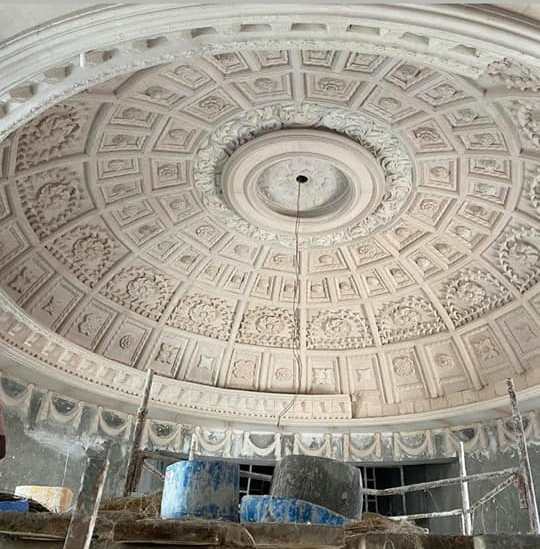
Plaster of Paris false ceilings
Plaster of Paris (POP) is among the most popular materials used in a variety of commercial as
well as residential roofing applications. POP is basically gypsum sans its water content
(created by heating gypsum to a temperature when water evaporates) available in powdered
form. It hardens when water is added and makes for a good ceiling material.
POP is maintenance free and highly durable besides being good insulators of cold and heat.
POP
false ceilings are amenable to various designs and can give different finishes including
uniform and smooth finish as well as designs of various shapes. It is also an excellent
material for enhancing light conditions.
The major drawback of POP is its tendency to crack over time.
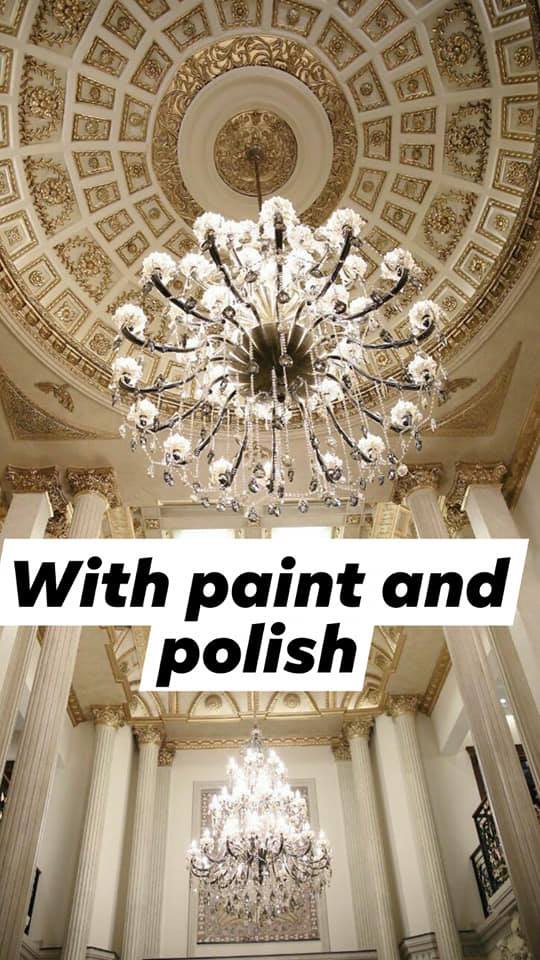
Gypsum false ceilings
Gypsum is a sulfate of calcium available as an evaporite mineral. It is a popular material for false ceilings because of its thermal and sound insulation, lightweight and fire resistance properties. It is also a soft material. Square gypsum boards can be hung from an iron framework to build a false ceiling. Gypsum is available naturally in shades of brown, white, red, yellow and grey. It is also available as a clear or colourless material. The aesthetic looks of gypsum boards can be enhanced by finishing them with laminates and paints. Gypsum boards are also amenable to wallpaper and texture finishes. Gypsum is quite flexible and can easily provide different shape and texture options – plain, curved, stepped and coffered.
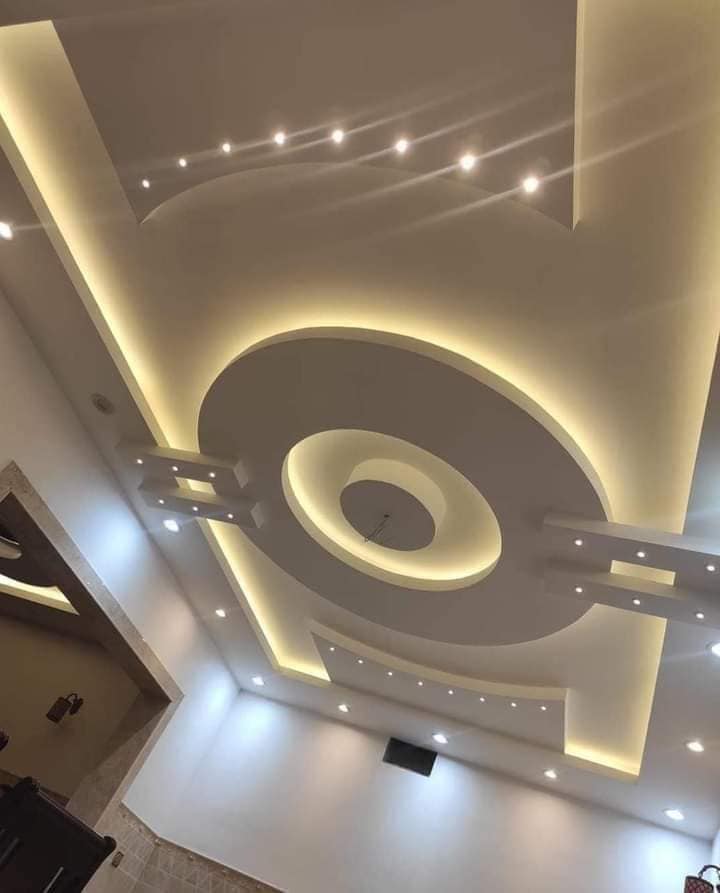
Wood false ceilings
Wooden false ceiling have excellent natural patterns and textures that can please the eye.
Wood is a good material to work with. Wooden panels can come in the form of hollow blocks,
boards or panels. They are easy to install often with just screws and nails. They are most
suitable for cold climates. They are durable but are susceptible to termite attacks and
warping. They can be finished in several ways including painting with appropriate shades of
colours.
Wood panels are among the more expensive panels because of their high cost of material and
the higher cost of maintenance. However, if budget isn’t an issue, wood ceiling panels can
offer highly pleasing aesthetics giving the ceiling a rich and sophisticated look.
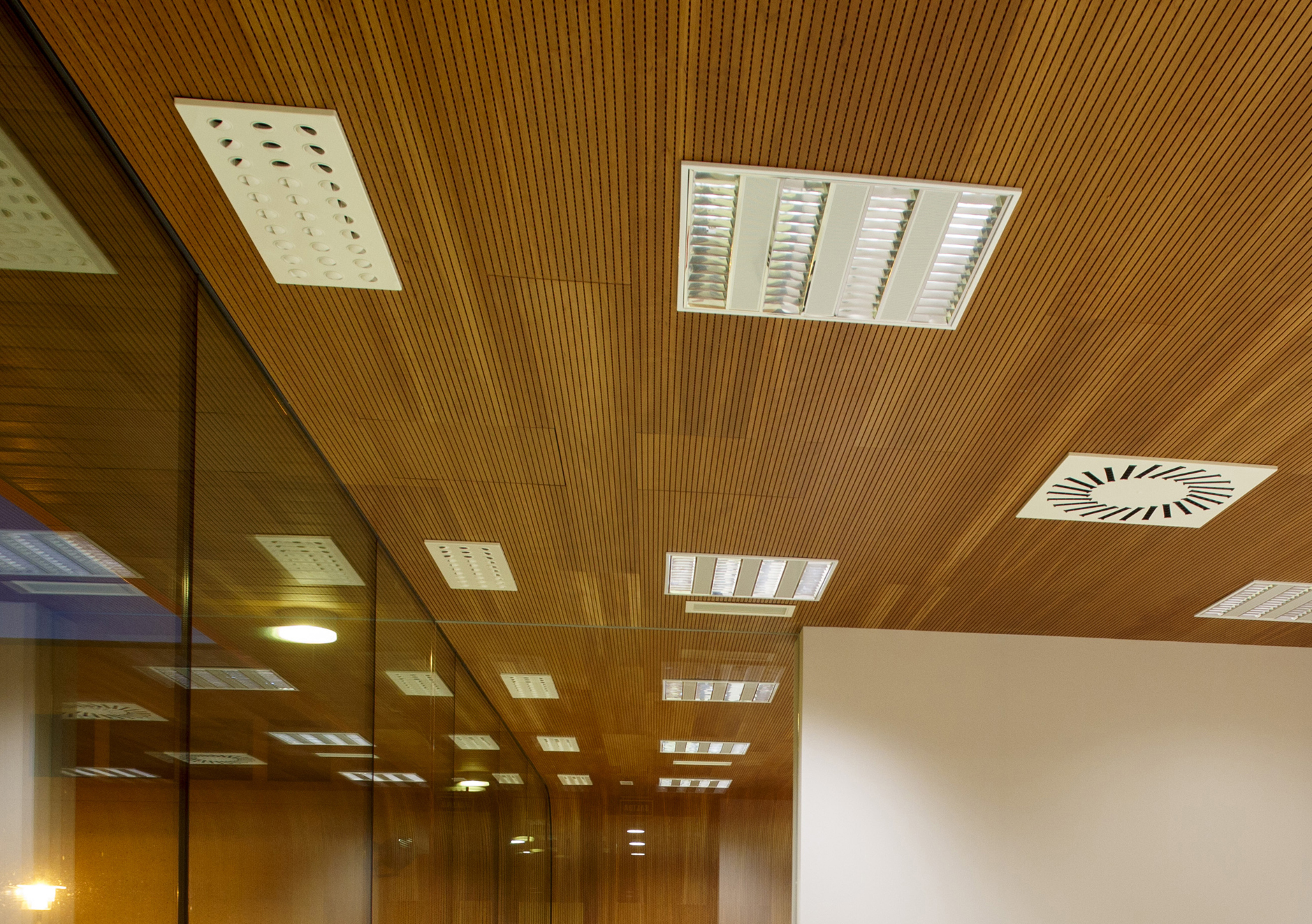
Fibre false ceilings
Fibre false ceilings are also known as acoustic or soundproofing ceilings for their sound and
heat insulation properties which are achieved by mixing natural and synthetic materials such
as bitumen, tars, vegetable fibre, wood and stone. Because of the reinforcements, fibre
ceiling tiles acquire toughness, hardness and resistance to fire making them highly suitable
for commercial applications in noisy places such as shopping malls, retail showrooms and
offices.
Fibre false ceilings are gaining popularity in commercial applications because they are
available at low costs, can be installed easily and offer many functional benefits. However,
fibre ceiling panels are not suitable for residential applications because they lack
aesthetic appeal.
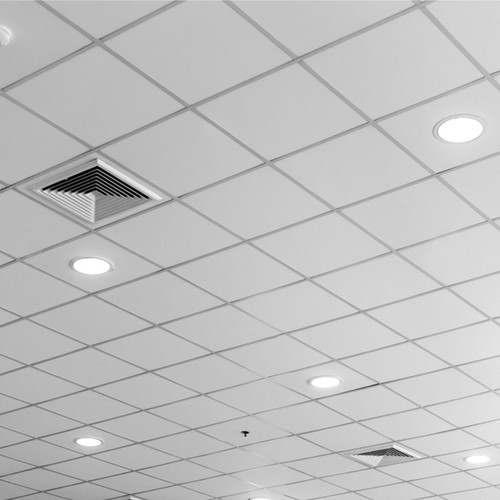
Metal false ceilings
Plaster of Paris (POP) is among the most popular materials used in a variety of commercial as well as residential roofing applications. POP is basically gypsum sans its water content (created by heating gypsum to a temperature when water evaporates) available in powdered form. It hardens when water is added and makes for a good ceiling material. POP is maintenance free and highly durable besides being good insulators of cold and heat. POP false ceilings are amenable to various designs and can give different finishes including uniform and smooth finish as well as designs of various shapes. It is also an excellent material for enhancing light conditions. The major drawback of POP is its tendency to crack over time.
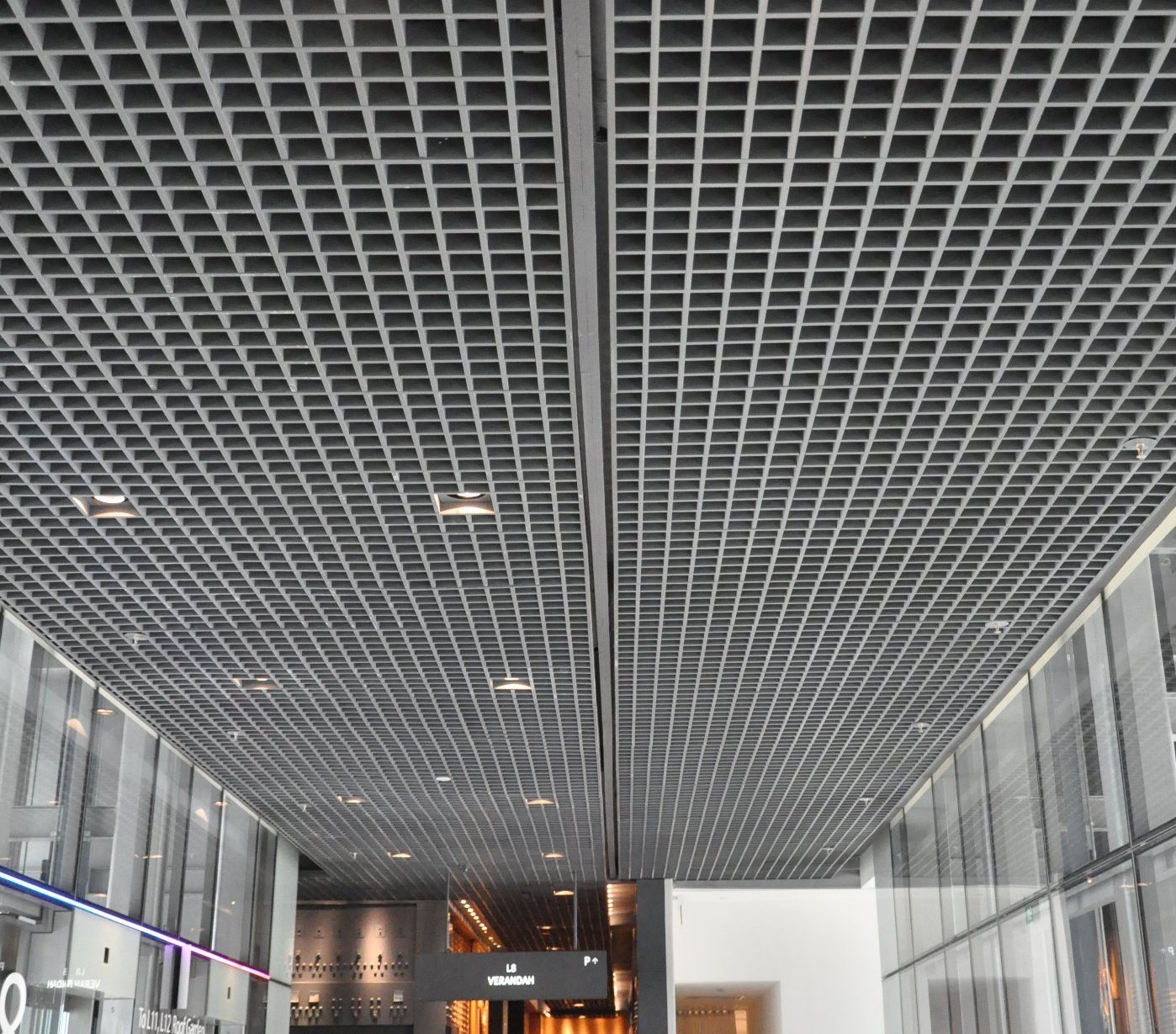
Glass false ceilings
Being a non-crystalline but transparent material, glass is a good material to work with for improving the aesthetics of a false ceiling. Due to its brittle nature, it has limited uses but the brittleness can be reduced by adding suitable additives. Their transparency can be used effectively to make small spaces look bigger. Glass ceiling panels can be a suitable roofing solution in establishments such as libraries, restaurants, book stores and jewellery shops. Glass is susceptible to design elements such as colouring, laminating and patterning. Besides, glass is a good heat insulator.
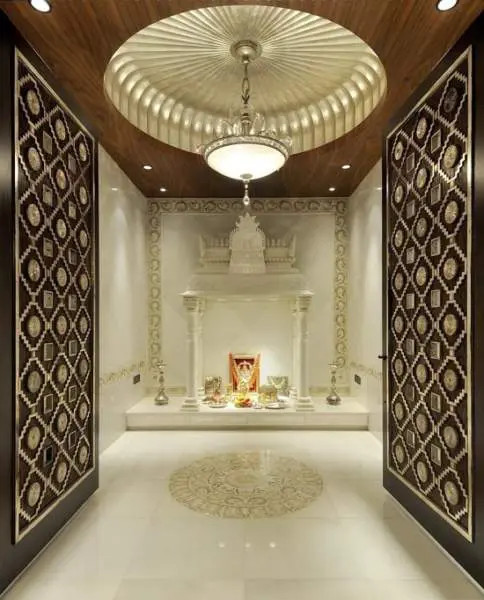
PVC false ceilings
Polyvinyl chloride (PVC) is an ideal plastic material for false ceilings in garages, basements, kitchens, toilets and bathrooms. PVC ceiling panels are a highly cost-effective alternative to other costlier panels. These panels are easy to install and maintain. They are lightweight and resistant to moisture and termites. They do not get affected by UV light and hence are colour fast. They can also be finished in a variety of ways giving flexibility in design.
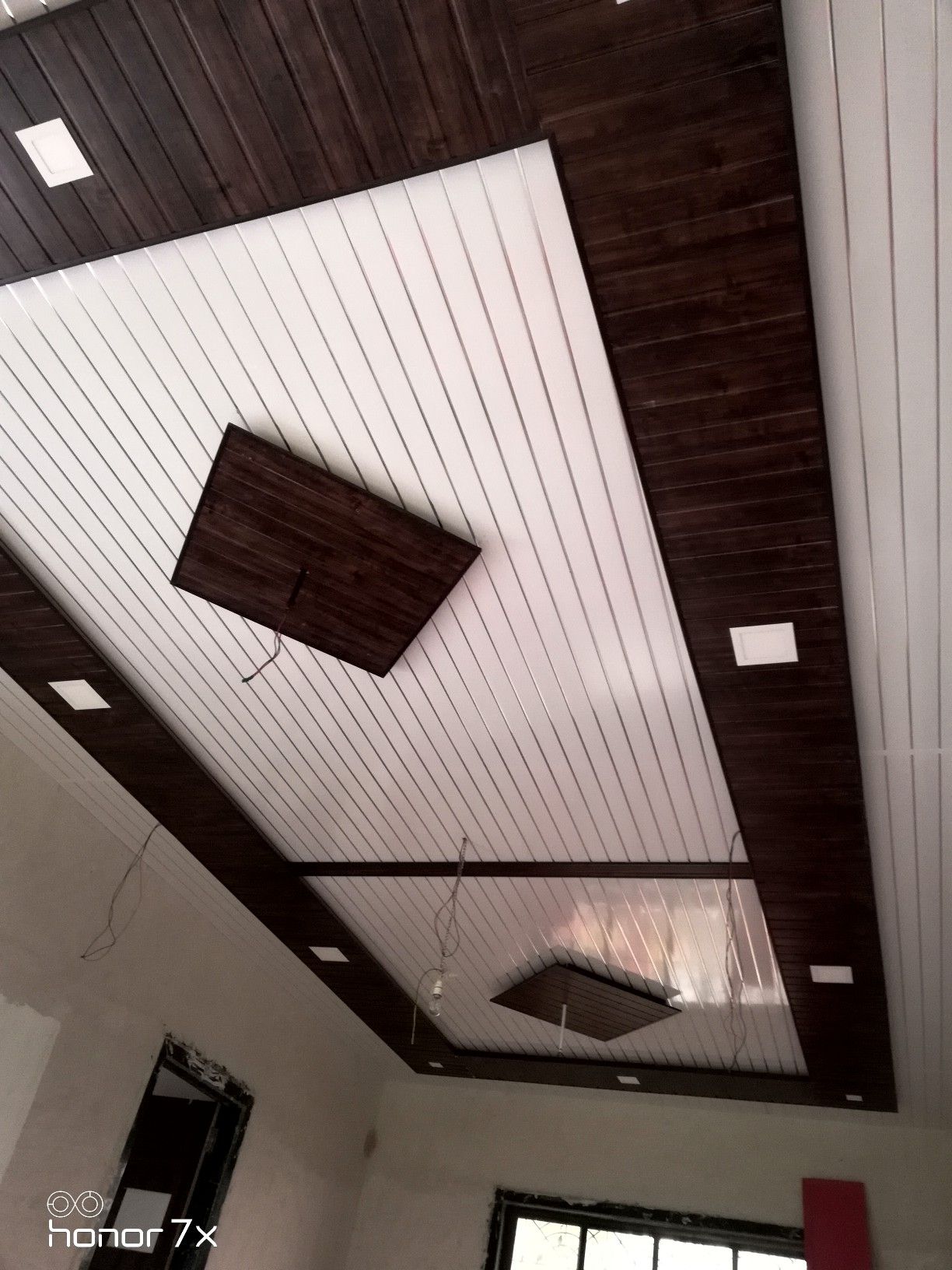
Fabric and Synthetic leather false ceiling
Fabric and synthetic leather false ceilings are more ornamental than functional. They can
create a special ambience because they can be created in many intricate designs to match
with the rest of the interiors. Since they are functionally weak but aesthetically strong,
they are useful in temporary situations such as exhibitions or events.
Typically, false ceilings are drop ceilings which mean that they hang from the main ceiling.
The panels described above are drop ceiling panels used to create the ceilings that are
visible to the people inside a building or room. A stretch ceiling is a variation of the
drop ceiling wherein certain types of materials can be used to stretch between two perimeter
tracks. Given the types of materials that can be used as ceiling panels, ceilings can be
made to come alive with a little imagination and innovation.
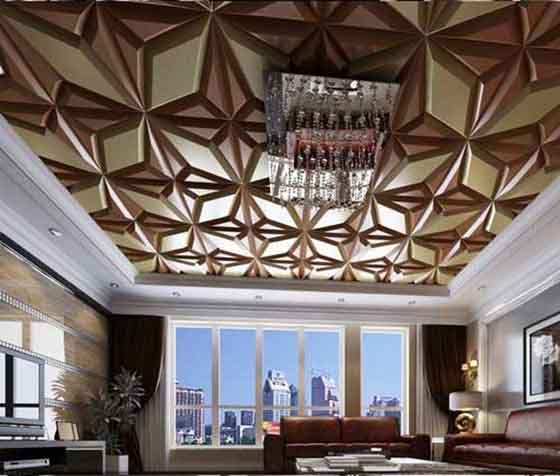
Service Includes
▸Design and material fixing
▸Size and alignment fixing of modification
▸Material Purchase and delivery at home
▸Processing of material and assemble
▸Polish/Paint of the false ceiling
▸Spot light holes at designated place (If required)
▸7 days service warranty included for any issue solving
